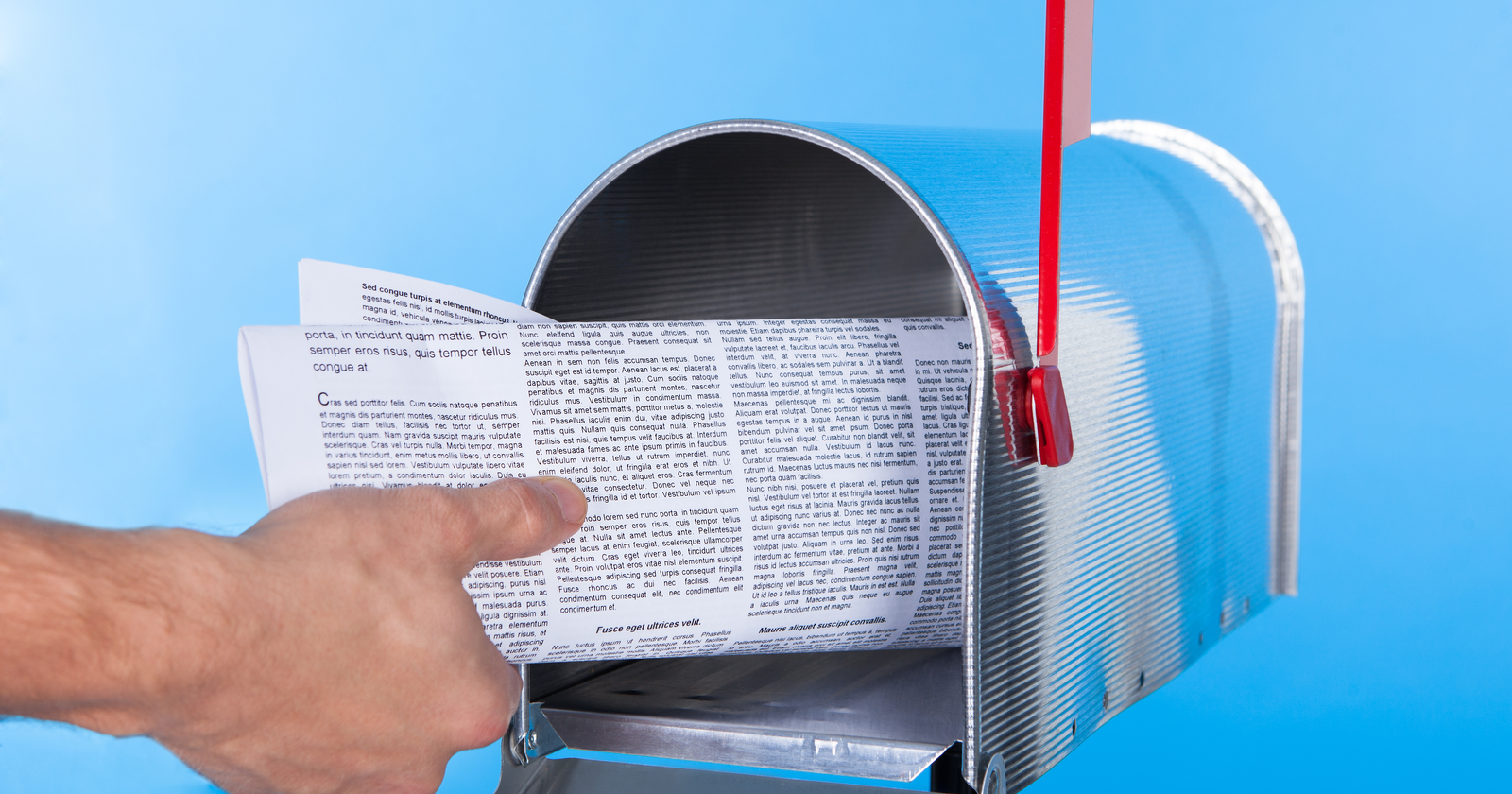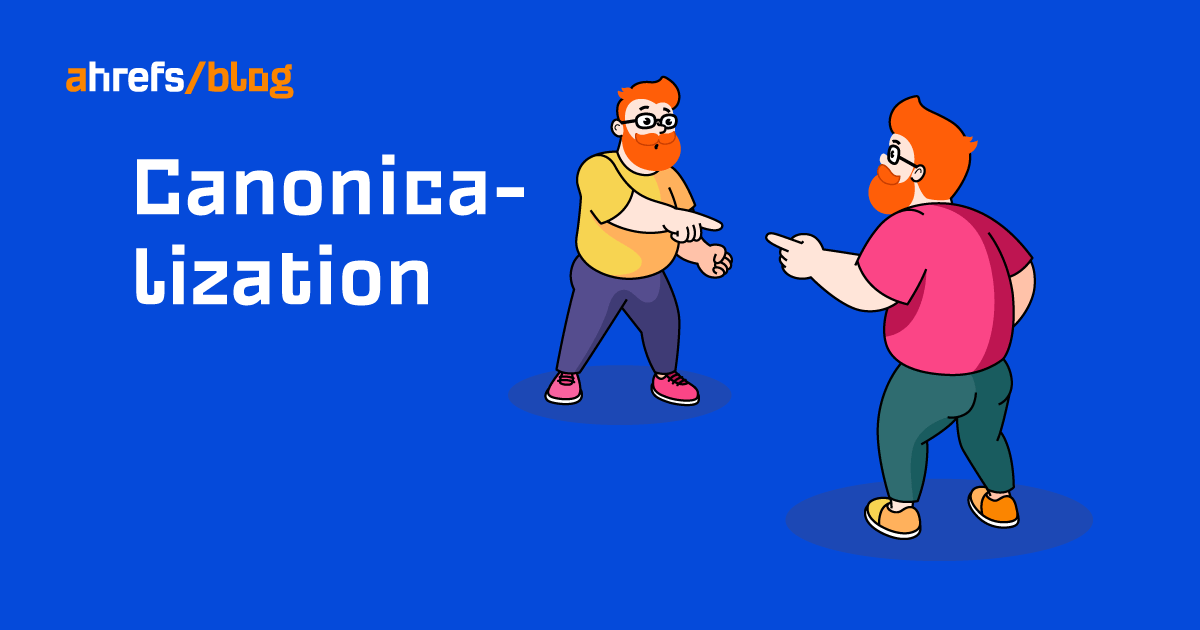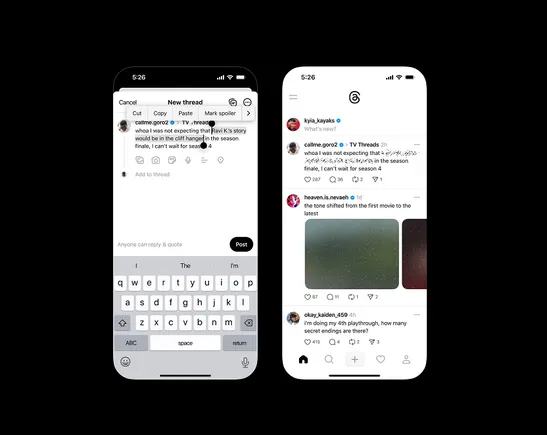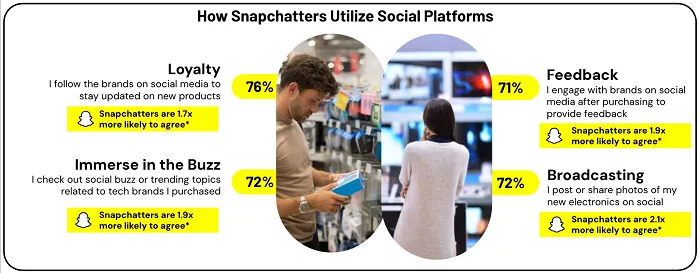How Often to Send Out Newsletters Without Annoying Your Subscribers
Sending email newsletters is a fantastic way to stay connected with your audience. But here’s the tricky part – how often should you send them without annoying your subscribers? Sending out too many emails can lead to unsubscribes, and...

Sending email newsletters is a fantastic way to stay connected with your audience. But here’s the tricky part – how often should you send them without annoying your subscribers?
Sending out too many emails can lead to unsubscribes, and sending out too few can make you forgettable. That’s why finding that perfect balance is important. This ensures that you achieve success in your email marketing campaigns.
Besides, your subscribers are more engaged and interested in your content when there’s a right balance in your email frequency. The best thing is that it also doesn’t make them feel overwhelmed or bombarded by excessive emails.
This balance will also help you maintain a positive relationship with your audience and maximize the effectiveness of your email campaigns.
In this guide, we’ll help you figure out the ideal frequency for your newsletters so you can keep your subscribers engaged without overwhelming them. We’ll also teach you some practical tips to keep your subscribers eager for your next email.
So, let’s get started and find out how to nail the perfect newsletter frequency together.
The Ideal Newsletter Frequency
If you ask me what is the ideal frequency in which you should send out your newsletters, I may not be able to give you the perfect answer.
That’s because the best frequency for your email newsletters depends on various factors. For example, it may depend on the specific goals of your business, the nature of your audience, the type of content you share, and more.
However, a good rule of thumb is to send newsletters no more than once a week and no less than once a month. This range allows you to stay connected with your subscribers without flooding their inboxes.
However, there are marketers who have their own schedules for sending out their newsletters. And many of them don’t necessarily follow the above thumb rule.
According to research, 33.33% of marketers send out email newsletters on a weekly basis and 26.7% send out on a monthly basis. It also revealed that 13.3% of marketers send it out on a daily basis.
Finding Your Ideal Newsletter Frequency
Finding your ideal newsletter frequency might require a bit of experimentation. You can start by sending out newsletters once a week. Then observe how your subscribers respond.
Pay close attention to your open rates, click-through rates, and unsubscribe rates. If you notice that your subscribers are actively engaging with your emails, you’re on the right track.
However, if you notice a decline in engagement or an increase in unsubscribes, it might be an indication that you’re sending emails too frequently.
So what do you do if you face such a situation? Well, start following the email newsletter frequency best practices.
Email Newsletter Frequency: Best Practices
Let’s now look at some of the best practices to ensure that you don’t annoy your subscribers.
1. Let Your Subscribers Decide
The best way to avoid annoying your subscribers is to let them choose how often they want to hear from you. You can do that by including frequency options when they sign up for your newsletter. This way, they can select what suits them best.
You can also periodically survey your audience to check if their preferences have changed. By respecting their choices, you can build trust amongst your subscribers and keep them engaged for longer.
2. Consider Your Marketing Goals
Your newsletter frequency should align with your marketing goals. If you’re promoting a time-sensitive campaign, you might need to send more frequent updates. For general brand awareness, less frequent but highly valuable content might be better.
So, make sure that your newsletter frequency supports your overall strategy. This will prevent your subscribers from being overwhelmed.
3. Segment Your Audience Based on Engagement Level
Not all subscribers are the same. It’s important to understand how your subscribers engage with your emails to ensure that you don’t annoy them.
A highly engaged subscriber might appreciate more frequent updates, while less engaged ones might prefer fewer emails. You can use engagement metrics like open rates and click-through rates to understand the engagement level of your subscribers.
Based on this understanding, start segmenting your email list. Then tailor your frequency to each segment. Changes like this can highly improve your user satisfaction and reduce unsubscribes.
4. Privilege Quality Over Quantity
It’s important to understand that sending out one great email can be better than sending out several mediocre ones over the week. So, focus on offering valuable content that will help your audience.
Whether it’s useful information, exclusive offers, or engaging content, ensure that each email has a clear purpose and benefit. When your subscribers know they can expect value, they’ll be more likely to look forward to your emails.
Also, when you send out high-quality newsletters it becomes easier to maintain interest and engagement, even if they’re less frequent.
5. Give Your Audience What They Want
The next effective tip to follow when sending out your newsletters is to pay attention to what your audience wants and needs. There are various ways of doing that.
For example, you can track their feedback or analyze their engagement data. Based on the results of these analyses, adjust your strategy to get the best results.
If your audience is consistently engaging with a specific type of content, consider focusing more on that in your newsletters. By giving your audience what they want, you can keep them happy and interested without overwhelming them.
How to Avoid Annoying Your Subscribers
Now, let’s look at how to avoid annoying your email subscribers.
1. Segment Your Email List
By segmenting your email list you can send targeted content to specific groups. This ensures each subscriber gets the information relevant to them. By doing this, you can increase your engagement and reduce the chance of annoying your subscribers with irrelevant content.
2. Personalize Your Emails
Personalized emails make your subscribers feel valued. So always make sure to use their names, reference past interactions, and tailor the content to meet their interests.
Personalization improves your open and click-through rates. This makes your emails more effective and less annoying.
3. Include a Clear Call to Action
Each email should have a clear and compelling call-to-action (CTA). Whether you want your subscribers to read a blog post, make a purchase, or attend an event, make it easy for them to know what to do next. A well-defined CTA helps guide your subscribers and makes your emails more effective.
4. Make It Easy to Unsubscribe
When you make it easy for your subscribers to unsubscribe, you can actually improve your overall engagement. If someone no longer finds your emails relevant, it’s better for them to unsubscribe than to mark your emails as spam.
By adding a simple and visible unsubscribe option you can show respect for your subscribers’ preferences and help maintain a healthy email list.
Conclusion
Finding the right frequency for your email newsletters is a balancing act. By following the above tips, you can keep your subscribers engaged and happy. Remember, the goal is to build positive relationships with your audience based on trust and value.
Keep experimenting and adjusting your strategy based on feedback and performance, and you’ll find the sweet spot that works for both you and your subscribers.

 UsenB
UsenB 
































